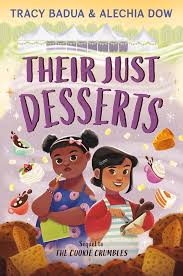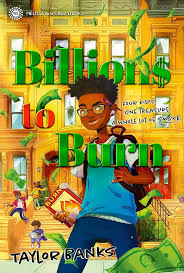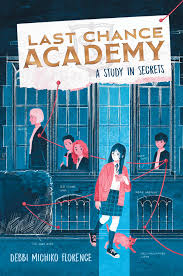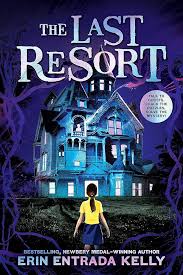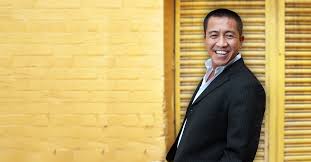Raise your hand if you grew up learning the scientific method. Me too. In fact, for thousands of years, all the way back to Aristotle in Ancient Greece (and possibly earlier), the scientific method has been the way science is done. And it still is. Sort of.
When the Next Generation Science Standards were released in 2013, it was immediately apparent that they are very different than previous standards. The NGSS are written in three dimensions that work together to help students make sense of the world: the Disciplinary Core Ideas, the Crosscutting Concepts, and the Science and Engineering Practices.
What are the Science and Engineering Practices?
In this post, I’m going to address the Science and Engineering Practices because they describe the actions we want our students to be engaging in. In other words, what we want our students to be able to do. Take a look at a comparison between the scientific method and the practices. What similarities do you notice? What differences do you see?

One of the main reasons for the shift away from the scientific method is its representation of science as a series of sequential steps to be completed in order. But science isn’t sequential. It is messy, as shown in this fantastic video by the California Academy of Sciences. (It really is worth the six-minute time investment.)
According to the NGSS Appendix for the Science and Engineering Practices:
The Framework uses the term “practices,” rather than “science processes” or “inquiry” skills for a specific reason: “We use the term “practices” instead of a term such as “skills” to emphasize that engaging in scientific investigation requires not only skill but also knowledge that is specific to each practice. (NRC Framework, 2012, p. 30)”
Now that you have a bit of background on the practices, let’s take a look at how you can emphasize them using middle grade nonfiction.
DISCLAIMER! We want our students to be doing the science and engineering practices, not just reading about them. The following suggestions are in addition to time spent engaging in the practices through a high-quality curriculum during dedicated science time.
Emphasizing the Science and Engineering Practices With Middle Grade Books
Below are a few examples to spark ideas about how you can bring more scientific thinking into your ELA instruction by focusing on the science and engineering practices.
Who Gives a Poop?: Surprising Science From One End to the Other by Heather Montgomery
This is the #1 book for exploring the #2 process! Heather takes readers along on a feces field trip. From dissecting possums to trains full of sewage, Heather models for students how asking questions and conducting investigations can lead to amazing (and gross!) discoveries.
The Doomsday Detectives: How Walter and Luis Alvarez Solved the Mystery of Dinosaur Extinction by Cindy Jenson-Elliott
This book chronicles the father-son team that solved one of the greatest mysteries of all time: How did the dinosaurs die? This book gives readers a front row seat to the science behind the discovery. All of the science and engineering practices are modeled, yet I love to emphasize how they analyzed data, engaged in argument from evidence, used mathematics and computational thinking, and communicated information.
Where Are the Aliens? The Search for Life Beyond Earth by Stacy McAnulty
This book explores the scientific thinking behind the search for alien life. Readers have a front row seat to the calculations that help scientists think about the potential existence of extra-terrestrial life. How scientists use mathematics is on full display!
One Long Line: Marching Caterpillars and the Scientists Who Followed Them by Loree Griffin Burns
Loree’s opening perfectly describes this book: “This is a story about unusual caterpillars, curious people, and fascinating conversations.” It zooms in on a specific discovery involving pine processionary caterpillars and is perfect for spotlighting the practices of asking questions and conducting investigations.
As your students engage with the texts, you can ask them questions about the practices in three ways:
- Ask students to identify how a particular practice is represented.
- Give an example from the book where Heather is conducting an investigation.
- Ask students to identify a practice of their choosing.
- What practices do you notice in this book? Support your answer with examples from the text.
- Ask students a specific question about a particular practice.
- How do Walter and Luis use data as evidence to explain phenomena?
Bottom line: The more we can model the practices for our students, the better they will understand and internalize them. After all, the practices, require practice!

